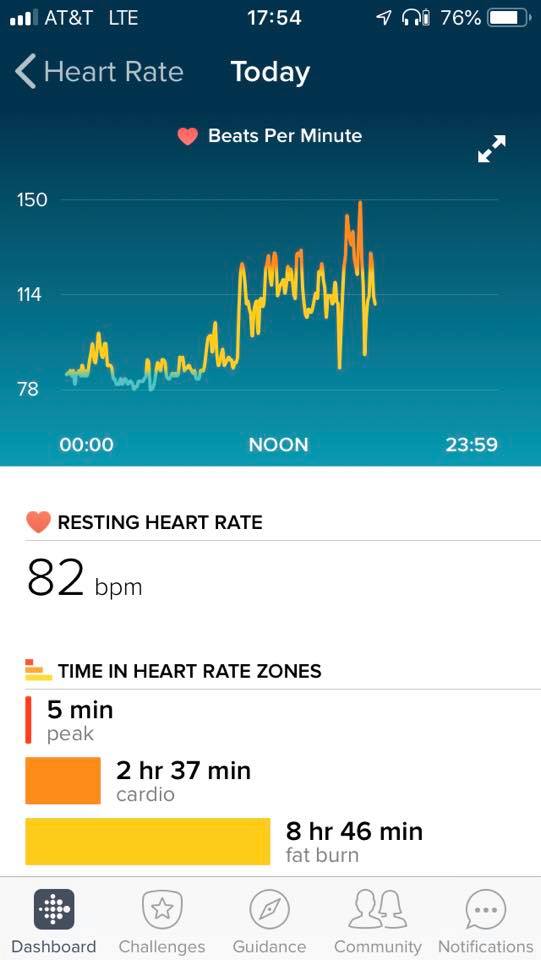Panic at 29,000ft, or Learning Anxiety
Sorry to bore you all with another story about flying. However, it is healthier for my marriage if I talk about it here, rather than with my husband (who is really, really, tired of hearing about how each flight was worse than the last). Please indulge me a bit.
Last week, I went to the Degree LENS conference - always a crowd-pleaser, with excellent keynotes, curated conversations and plenty of time to network with smart people. Two notables were: Tim Munden, CLO at Unilever, and Barry Murphy, Global Learning Lead at AirBnB. The former was giving me a steady dopamine rush talking about marketing and learning, whilst the latter told my absolute favourite L&D bedtime story: he turned off his LMS and barely anyone noticed or cared. In conclusion, it was a worthwhile event and many vodka and sodas were imbibed in good company.
Of course, to get to NYC from Toronto, I had to fly. The planes are generally of an okay size on that route, so I booked the largest and made my way to the Big Apple, with some, but not a lot nervous energy (well, no more than usual). As my travel luck would have it, there was a thunderstorm. Not just any storm, but one prompting a flood advisory for Manhattan. Fun times.
Long story short: I survived the flight by doing a new move I call the starfish, which is one arm bracing against the window, the other gripping the top of the seat in front of me, and each leg in an iron grip against the legs of my chair. My FitBit tracked my heart rate at 152 BPM.
I’m sure 2 hours and 37 minutes in the cardio zone is a record for someone only sitting in a chair, but I have some undiscovered talents.
Beyond sharing my pain, this experience makes me reflect on two themes currently rattling around in my head about L&D: emotion in learning, and new skillsets.
I am positively obsessed with understanding flight and turbulence. To me, knowledge is power. I read aviation articles and watch videos explaining turbulence (even ones built in GoAnimate). My personal hero is Sully, who famously saved his crew and passengers during a crash landing on the Hudson. His blog is bookmarked. PilotPatrick? Yep, I am subscribed.
So with all of this information, why can I not make the leap to end my flying anxiety? Rationally, I know turbulence is just like waves in the ocean and cannot possibly rip the wings from a plane….incidentally, I also hate boats #justsayin. Nervousness stubbornly prevails.
Learning is emotional. Making the leap from acquiring a skill and consistently applying it is just as much a physical as a mental skill. Things like anxiety, and fear, can play a large part. Likewise, the buzz on the L&D street is all about the skills gap. Every presentation these days has a slide with some snazzy metric on how 83% of people do not have the skills for the jobs of 2025, or half of the jobs will no longer exist in 13 months, according to Wall or Sesame Street. All of these are framed as business and profit issues….and they are.
However, what about the end learner whose very income depends on constantly learning, lest the very real fear of being terminated? Imagine the anxiety for workers who have to rely on the efforts of L&D departments to stay employable? That alone negatively impacts the ability to absorb content.
There is a great risk for the learning profession to become self-defeating if we focus solely on the ROI and business outcomes. Yes, those results are how we get paid and win awards, but consider the sins we inflict upon learners for the sake of stakeholders or regulatory bodies. Everything from lockstepping, to legal jargon, to complex navigation, or pointless tests, prevent the employee from getting what they need to simply stay relevant in an increasingly gig economy.
To add to the heebie-jeebies, L&D is not immune to the need to upskill. I have done a number of digital learning transformations and as much as I hate to reveal this, not every employee makes it through. I do not relish these decisions and for all of my cynicism, they keep me awake at night. Unfortunately, there are many once highly sought-after and valued skills which are now relics. I do not need an instructional designer who can write learning objectives. I need a journalist who can interview a SME and write an engaging story in under four hours. Instead of a Storyline developer, I need a videographer to capture user-generated content, or a data scientist to decode learner behaviour and discover predictive analytics. It’s painful, but true.
I will probably never get over my fear of flying. Some have suggested Ativan, but this only removes my filter so I make awkward remarks with border officials (not good) and go on iTunes sprees, which explains Bananrama on my iPhone. I continue to white-knuckle my way around the world. And why? Because it is a part of my job. Yes, I am very grateful for the opportunities I have had and to do the things I do. It is a privilege. Easy? Not always. And I am not alone.
Millions of employees are faced with their own skyrocketing levels of stress and so much depends on the means of an individual to upskill quickly, or be replaced. We may be in the business of L&D, but we have the tools to keep people employed, if we behave responsibly. Apply this lens to your next project. Push back hard on your SMEs and stakeholders who want to cram all and sundry into bloated projects. Be ruthless defending the rights of an already over-taxed employee trying to stay relevant. Do better.
